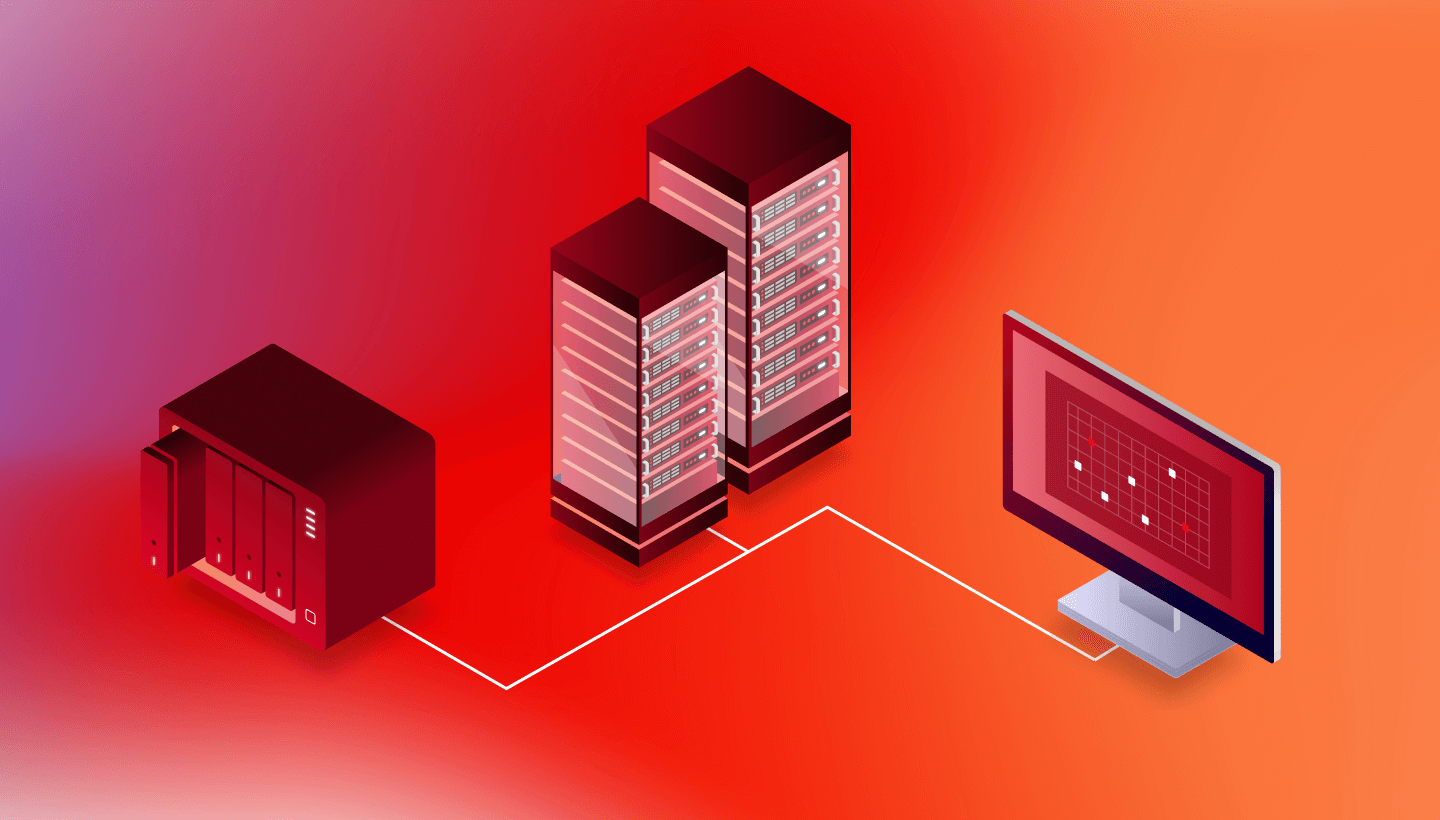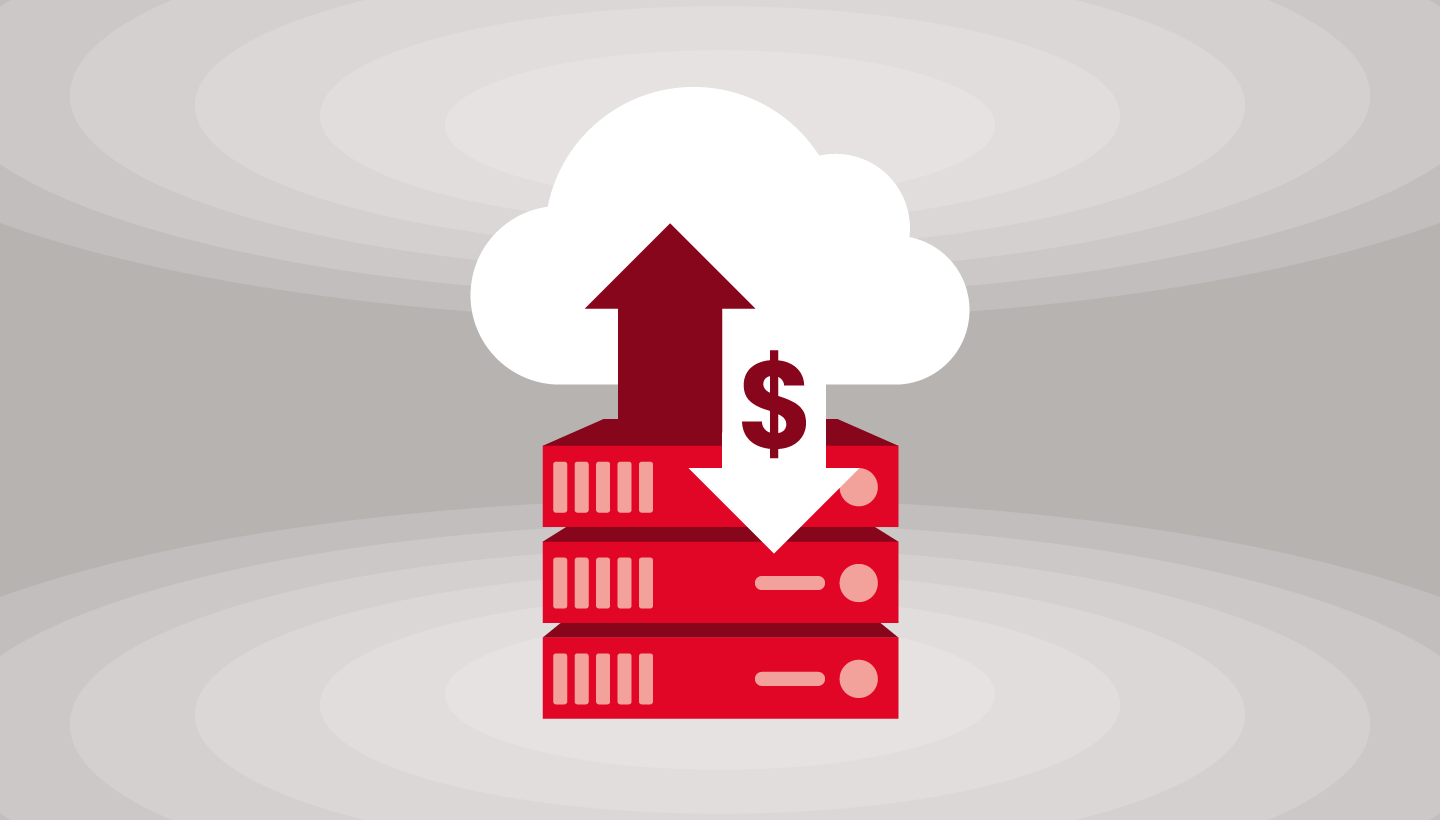
If you’ve spent any time sourcing, evaluating, or speculating about cloud services in the public sector lately, you’ve likely felt it: the arms race happening in compliance. Courting customers from schools to statehouses to national labs, more and more cloud vendors are racing to pin the next security badge to their lapel—GovRAMP (formerly known as StateRAMP), TX-RAMP, FedRAMP, SOC 2, and on and on.
And while it might feel like a compliance bingo card, there’s real strategy and real consequences behind this sprint. At the heart of it all is the SLED market (state and local government, and education)—a sprawling patchwork of institutions tasked with safeguarding citizen data and taxpayer trust, all while operating with limited resources and infrastructure budgets.
Let’s talk about why this compliance arms race exists, what it means for buyers and vendors alike, and how we at Backblaze are choosing to compete not just with checkboxes, but with character.
Why does SLED even need unified standards?
Public sector IT has long been a security quilt. Some agencies stitched up with advanced defenses, others more… threadbare. While some may have advanced security tooling, a K–12 school district might still be running on legacy systems and duct tape. Yet both manage data that’s increasingly digital, distributed, and vulnerable.
The result? Inconsistent practices and rising risks. Enter: GovRAMP.
What is GovRAMP?
Short for Government Risk and Authorization Management Program, GovRAMP was customized to standardize cloud security for state and local agencies. It’s actually based on the same set of controls for FedRAMP—controls derived from the National Institute of Standards and Technology (NIST) SP 800-53, a catalog of controls for organizations to manage cybersecurity and privacy risk. GovRAMP ensures that even the smallest public institutions can procure secure IT solutions without reinventing the wheel every time.
GovRAMP was originally launched as StateRAMP, but has since grown beyond state lines, evolving into a broader framework adopted by local governments and school systems. Today, it’s a rigorous, independent audit program that holds vendors to a high set of security controls. Translation: If a vendor is GovRAMP-authorized, they’re playing in the big leagues of cloud security.
The alphabet soup of compliance: TX-RAMP, GovRAMP, FedRAMP
If you’re in Texas, you’re probably familiar with TX-RAMP, the state’s specific compliance framework. The good news? GovRAMP and TX-RAMP are closely aligned. At Backblaze, our GovRAMP Progressing Snapshot status qualifies us for TX-RAMP Provisional Authorization as well—one less hurdle for Texas agencies seeking secure, scalable cloud storage.
As for FedRAMP, it remains the gold standard for federal data, but for the vast majority of public sector orgs, including most SLED agencies, it’s simply unnecessary.
How GovRAMP streamlines cloud sourcing
Here’s where the compliance arms race actually makes things easier: Once a vendor is authorized through GovRAMP, SLED buyers can trust that the solution meets certain security standards, saving months of one-off vetting, paperwork, and duplicated audits. In a procurement environment plagued by inefficiency, that’s no small thing.
Especially now, as budgets tighten and AI-driven everything drives demand for flexible infrastructure, reducing sourcing friction matters more than ever.
Going beyond checklists: What buyers should really look for
Checkboxes alone don’t guarantee real-world resilience. Compliance can become its own form of security theater. It looks good on paper but falls short in practice. That’s why buyers should dig deeper.
Look for vendors who not only pass audits but live and breathe their controls. That means going beyond annual assessments and embracing security as a continuous, integrated discipline. The best partners are transparent, proactive, and thoughtful about risk—not just checking boxes, but building real-world resilience. Here are a few signs to look for:
- Continuous monitoring and internal audits: They treat compliance as an ongoing process, not a once-a-year scramble.
- Clear, accessible documentation: Security policies, certifications, and standardized independent attestations are available (under NDA if needed), not locked in a black box.
- Transparent data practices: They’re upfront about where your data lives, who can access it, and what happens in the event of an incident.
- Responsive support: You can communicate with real people who understand your risk profile—not just surface-level answers or automated replies.
- Affordable recoveries: They don’t make recovering your data prohibitively expensive. Look at their egress policies and price out what it would actually cost to retrieve your data.
When you’re responsible for protecting sensitive data, it’s not enough to be compliant. You need a partner who’s disciplined, trustworthy, and invested in your resilience.
The Backblaze approach: Rigor, transparency, and trust
Pursuing authorizations like GovRAMP and TX-RAMP isn’t easy, but it’s the right thing to do and we’re committed to the process. We believe public sector buyers deserve cloud partners who understand their constraints, meet them where they are, and still bring best-in-class solutions to the table.
But more than that, we’re not stopping at frameworks. Compliance is a floor, not a ceiling. We’ve built our platform on decades of operational rigor and security discipline—not to impress auditors, but to earn your trust. And we’ve structured our products to enable security best practices, not hinder them, including 3x free egress for disaster recovery.
So yes, we’re proudly in the compliance race. But we’re not just chasing badges. We’re building something secure, sustainable, and ready for whatever comes next.
Want to learn more about our GovRAMP journey or how Backblaze supports public sector cloud transformation? Reach out to our Sales team.




